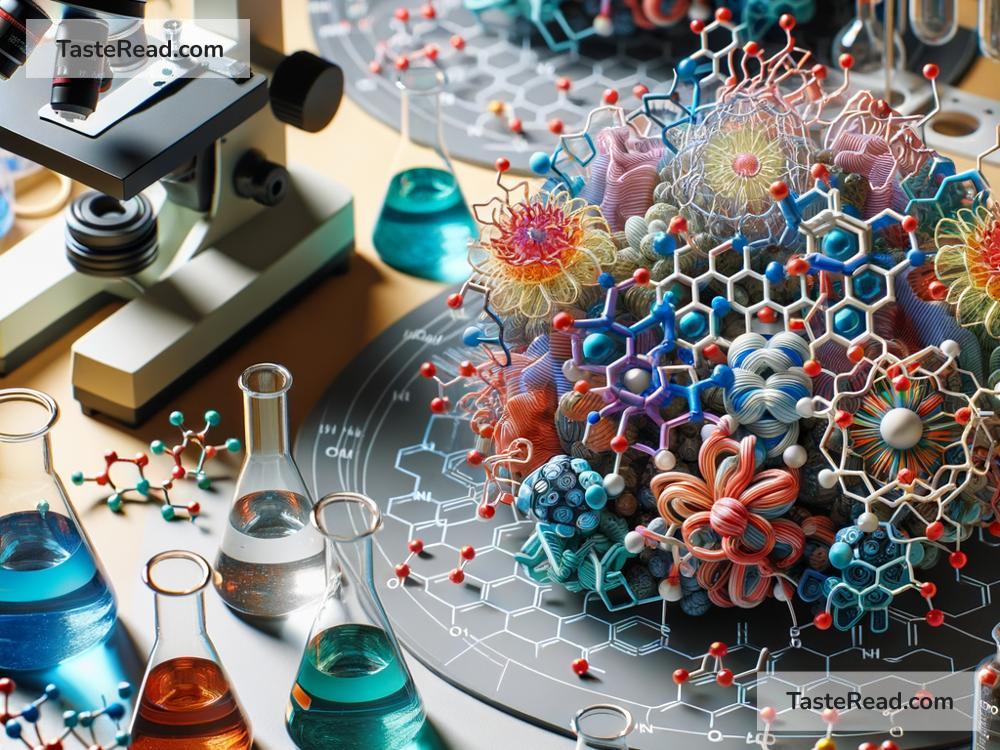Understanding the Role of Amino Acids in Protein Synthesis
Proteins are one of the most important molecules in the human body. They perform countless essential tasks, from building muscles and repairing tissues to making enzymes and hormones that help your body function. If you’ve ever wondered how proteins are made, the answer lies in amino acids and a fascinating process called protein synthesis.
In this blog, we’ll break down the role of amino acids in protein synthesis and explain how your body creates these vital molecules.
What Are Amino Acids?
Amino acids are small molecules that act as the building blocks of proteins. Imagine proteins as long chains, and amino acids are the individual links that make up the chain. The human body uses 20 different amino acids to build proteins, and these amino acids can be grouped into two categories:
-
Essential Amino Acids
You can’t make these amino acids on your own, so you need to get them from your diet. Foods like meat, eggs, dairy, and beans are rich in essential amino acids. -
Nonessential Amino Acids
Your body can produce these amino acids on its own, so you don’t need to worry about getting them from food.
While all amino acids are important, the essential ones are especially crucial because they provide the raw materials the body needs for protein synthesis, which is how proteins are created.
What Is Protein Synthesis?
Protein synthesis is the process your body uses to take amino acids and turn them into proteins. It happens in every cell in your body and is essential for growth, repair, and general function. Protein synthesis involves two main steps: transcription and translation.
1. Transcription: Making a Copy of the Instructions
Proteins are made according to instructions found in your DNA. DNA is like a recipe book that tells your body how to make different proteins. However, the cell can’t use the actual DNA to make proteins—it needs a copy of the specific recipe.
During transcription, the cell creates a copy of the DNA recipe in the form of messenger RNA (mRNA). Think of mRNA as a single-page printout of instructions for one specific protein. This mRNA leaves the nucleus (where DNA is stored) and travels to the ribosome, the cell’s protein-making factory.
2. Translation: Building the Protein
Once the mRNA arrives at the ribosome, the real construction begins. During translation, the ribosome reads the instructions on the mRNA and assembles the amino acids in the correct order to create the protein.
But how does the ribosome know which amino acid to use? That’s where transfer RNA (tRNA) comes in. tRNA acts as a delivery truck, bringing the right amino acids to the ribosome. Each tRNA molecule matches a specific three-letter code (called a codon) on the mRNA and attaches the correct amino acid.
As the ribosome moves along the mRNA, it links amino acids together, forming a protein chain. Once the chain is complete, it folds into a unique 3D shape that determines the protein’s function. For example, some proteins become enzymes that speed up chemical reactions, while others act as structural units in your muscles or skin.
Why Are Amino Acids So Important?
Without amino acids, protein synthesis can’t happen. Think of amino acids as the raw materials your body needs to build proteins. If you don’t have enough amino acids—especially essential ones—your body won’t be able to produce the proteins it needs.
Here are a few reasons amino acids are vital:
-
Growth and Repair
Amino acids help your body repair tissues, grow muscles, and heal wounds. This is why athletes and people recovering from injuries need plenty of protein-rich foods. -
Enzyme Production
Enzymes made from proteins help your body carry out chemical reactions, like breaking down food for energy. -
Immune System Support
Certain proteins made during synthesis are essential for fighting off infections and keeping you healthy. -
Hormone Regulation
Hormones like insulin, which controls blood sugar, are proteins created using amino acids.
Getting Enough Amino Acids
Your diet plays a big role in providing your body with the amino acids it needs. High-quality protein sources like meat, fish, eggs, and dairy contain all the essential amino acids your body can’t produce. For vegetarians and vegans, combining protein sources like beans, lentils, nuts, and grains can help ensure a balanced intake of amino acids.
If your diet lacks essential amino acids, your body may struggle to carry out protein synthesis, which can affect your overall health. That’s why it’s important to eat a variety of protein-rich foods every day.
Conclusion
Amino acids are the unsung heroes of protein synthesis, enabling your body to create the proteins it needs for growth, repair, and countless other vital functions. From the moment you eat a protein-rich meal to the intricate processes of transcription and translation, the role of amino acids cannot be overstated.
Understanding how amino acids contribute to protein synthesis can help you make better dietary choices and appreciate the incredible inner workings of your body. So next time you take a bite of protein-rich food, think about the amino acids inside waiting to build and repair the amazing machine that is you!


